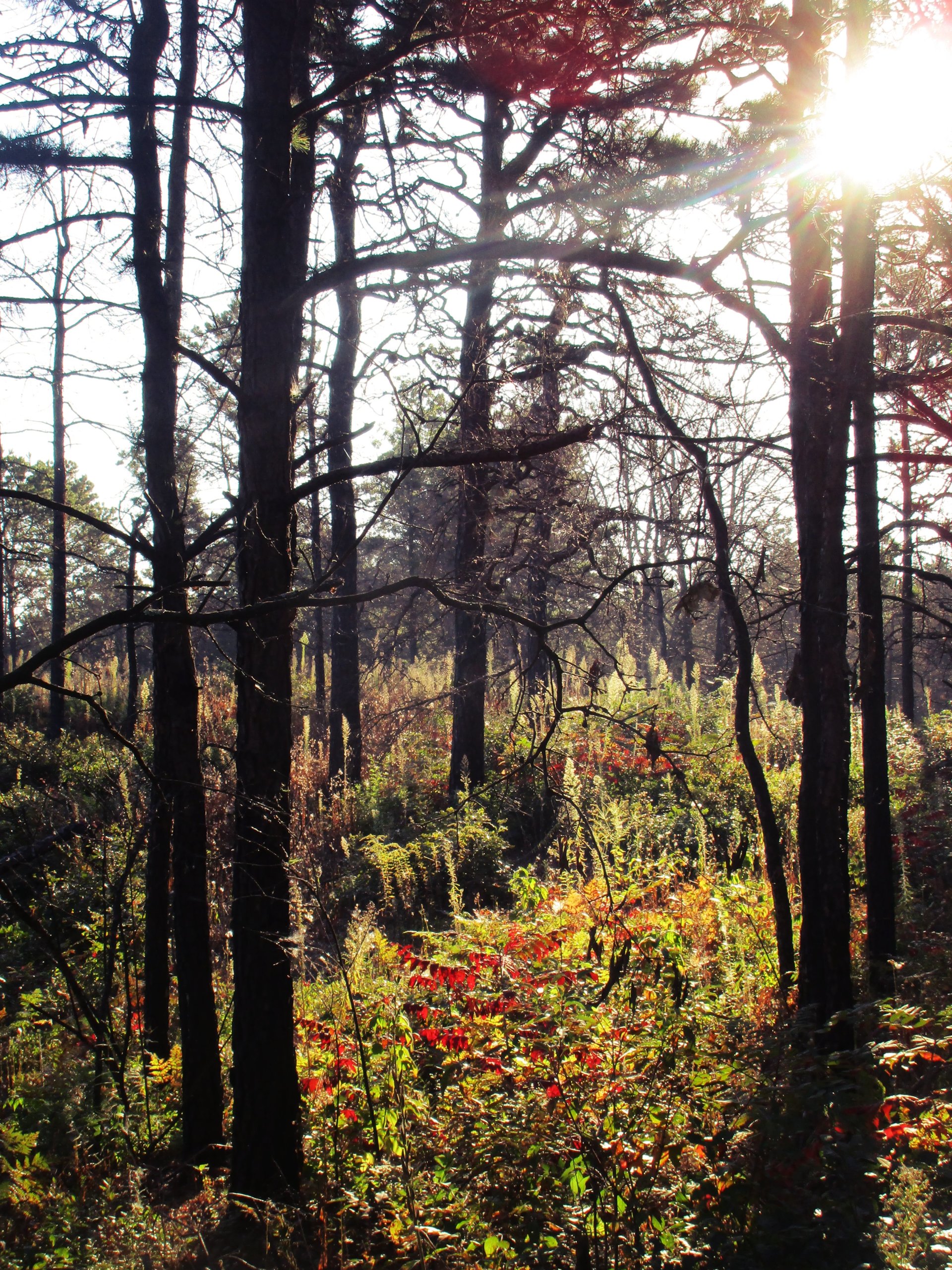The October Save the Pine Bush veggie/vegan lasagna dinner was the location of the presentation Mary Ann Johnson of Scenic Hudson made about sprawl. She began by describing how Scenic Hudson formed by citizens who opposed the destruction of Storm King Mountain (along the Hudson River) for an electric plant. It took 17 years, and a trip to the Supreme Court, but the citizens won. Storm King Mountain is now protected.
Scenic Hudson has expanded its interest to all of the Hudson River, from Lake Tear of the Clouds to New York City. Scenic Hudson works with elected officials and local citizens on projects that affect the Hudson, including working with river front communities to fight sprawl, the fight to remove PCBs from the Hudson, to land preservation.
What is sprawl? Sprawl is auto-dependent development, fragmented open spaces, highway commercial strips, low-density residential uses and separation of land uses.
The federal promotes sprawl by its mortgage interest deduction, highway subsidies, gasoline subsidies and failure to invest in public transit.
State policies promote sprawl through tax incentives to locate developments on rural lands on the fringe of developed areas.
Local polices promote sprawl by promoting large lot residential zoning, inadequate design standards, weak agricultural zoning and zoning that segregates uses.
Consumers promote sprawl by preferring single-family detached housing on large lots in residential communities. “Zoning is the law of unintended consequences.”
Economic policies promote sprawl by commercial lending practices that favor suburban development, rising urban costs and competition for tax base.
The consequences of sprawl include social fragmentation by race and income, fragmented open space, loss of habitat, loss of sense of place and of community, decline in water quality, urban disinvestment, increased fuel consumption, increase in health problems including obesity and diabetes.
Where do people vacation? Not in sprawl. They visit terrific historic places with town centers.
Scenic Hudson works with the Hudson Valley Smart Growth Alliance. What is smart growth? Smart growth is about adding not subtracting to the community and to create compact and connected communities. “Think Regionally, Act Locally”. The Hudson Valley Greenway encourage smart growth. Smart growth is building close-knit, interconnected communities. Its about respecting the past, building for the future and creating enduring value through enduring design. Smart growth is giving growth back its good name.
